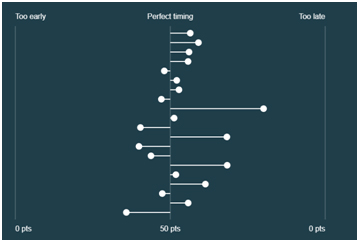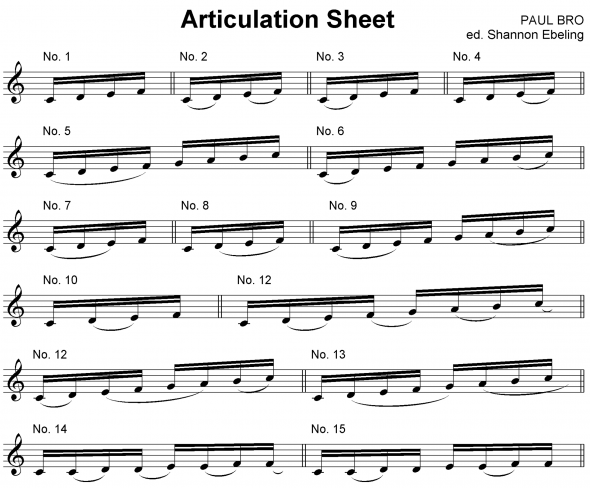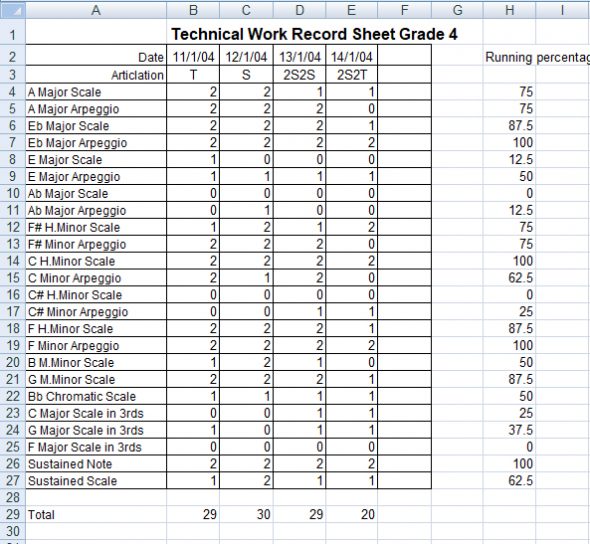Scales are the technical platform from which instrument fluency and effortless musical expression grow from. As I have grown as a musician I have come to appreciate the simple beauty of refining my technique and not a practice session goes by without scales work. Here are some suggestions to making the most of your scale practice that I have discovered over the years.
Slow and Steady
You have to walk before you can run. Slow practice gives you time to listen to your tone, check intonation, finger movements and body tension. It takes concentration and intent, but the slow scale will give great returns on your time investment.

Write them out
There is a natural beauty in the way that scales are constructed. Rather than relying on finger patterns to cram the scale into your brain, practice writing them out complete with key signature, beaming. This helps codify your understanding and gives your brain another method for accessing what is in the scale. Another great tool is the Ultimate Scales Sheet where you can learn the patterns in the sharp and flat key signatures of both major and minor scales.

Start from memory
To play scales from memory it is simpler to begin by not playing from notation. Do anything you want without your instrument: fingerings, saying names, singing scale degrees, but when it comes time to play the scale, turn away from the stand and do it from memory. I use the same method for memorising large works and I find it creates a clearer image in my head. Do not underestimate how specialised your brain is a memorisation – Joshua Foer’s book Moonwalking with Einstein is a great example of what ordinary people are capable of.

Loop them
Playing a scale once has minimal impact. In Gammes et Arpeges Marcel Mule recommends looping the scale at least three times without a break (more if you have the breath for it). By playing them all slurred you can focus on precise finger movements and a steady pulse, as well as reinforcing the correct sequence of notes.

The metronome is your friend
A good scale has more than correct notes. It should be rhythmically fluent with each note placed accurately within the beat. The most efficient way to get to this level is playing with a metronome – a lot! Set a comfortable tempo with the metronome and play against the different subdivisions. Then halve the tempo so you only get a beat for every 8 notes (then 16, then 32!). To mix it up, try using different drum backing tracks – my favourites are in the funk style.

Articulate
As a variation to looping I like to use Paul Bro’s scale articulation patterns to increase the control of my tongue. The fifteen articulations gradually increase the amount of tongued notes and highlight any unevenness in finger or tongue motions. Working through the four tempi are also great for developing consistency and increasing flexibility.

Mix them up
Often the scales at the top of a list are the ones more confidently played. Change up the order of your scales so you are not always working on them in the same order. Go around the cycle of 4ths, chromatically, write the 12 keys down on pieces of paper and draw them out of a hat, get a friend to quiz you, create a chart that has a different set for each session.

Measure your progress
Create a chart listing all the scales you need to play and test yourself on how many you can play correct the 1st or 2nd time (any more attempts than this doesn’t count). Give yourself a total score, identify an area to focus on more and repeat the process after a week or two. Having the data there makes it very clear which scales need the work and how much improvement is occurring over time. I find it is a balance between focused practice to improve challenging scales and general maintenance and revision of the scales I know and have already improved.

Well done on getting to the end of this page. Now, pick an idea and go practice it for a month!
